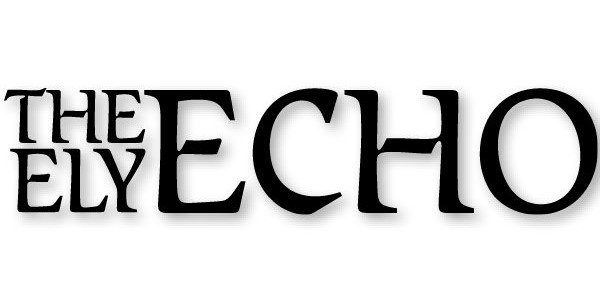by Lee Bloomquist
St. Louis County home and business owners will be seeing an increase in the county portion of their 2026 property tax statements.
A preliminary St. Louis County 2026 property tax levy increase of 12.4 percent will be moved forward as the final levy by the St. Louis County Board of Commissioners, according to commissioners.
But those in the northern part of the county won’t see as much of an increase as other parts of the county, St. Louis County Commissioner Keith Nelson of Fayal Township, chair of the county’s Finance and Budget Committee said.
“With seven percent property tax growth and some of the changes that have taken place, the northern part of the county, particularly those in the taconite tax relief area, will be seeing very little impact from it,” Nelson said.
Other county commissioners say the actual property tax levy increase will be less across the entire county as a result of the growth in the county’s overall property tax base.
“The number we agreed on is 12.4 percent,” St. Louis County Commissioner Mike Jugovich of Chisholm said. “But we have roughly seven percent growth. That should knock the real number down to 5.5 percent.”
Property tax base growth occurred due to a record amount $305 million in construction last year, the largest ever single-year increase within the county, according to the county.
Half of the growth was in residential construction, the county said.
As in previous years, much of the growth comes from within the Hermantown area outside of Duluth.
The construction growth helps soften the blow of the property tax levy increase on home and business owners throughout the county.
The 2026 levy reflects investments in county infrastructure, including The Depot in Duluth and other facilities, according to the county.
It also accounts for reduced funding from County Program Aid, state and federal revenue sources, new state and federal legislation, and inflationary pressures, the county said. Labor contracts for all county union-represented employees are also up for negotiation in 2026.
“Inflation, unfunded mandates from federal and state, insurance costs for employees, paid family leave and salaries are the cost drivers,” St. Louis County Commissioner Paul McDonald of Ely said in a text reply. “To keep the services at the same level, this is the cost. Am I happy about it? No! But it is the cost of doing business. Everyone wants their roads plowed timely, public safety staffing, etc.”
Bre Graber, St. Louis County Administration deputy director, said the levy will be part of an overall county 2026 budget of about $564 million, although that number is not yet finalized.
Of the total 2026 budget, $202,669,428 will come from county taxpayers, about 36 percent of the total budget, Graber said.
Health insurance costs, new public safety personnel and state and federal mandates are driving the levy, Graber said.
“We’re very driven by the state, our personnel and what our people do,” Graber said. “There’s a lot of state changes and federal cost shifts. Our commissioners made a concerted effort not to reduce services in this political climate.”
Nelson said the budget has been hit hard by mandates passed onto the county.
“It’s been a steady diet from state lawmakers to shift the burden to counties,” Nelson said. “And it’s Democrats and Republicans alike. They say they’re giving tax relief when all it is, is a shift.”
The 12.4 percent increase is unchanged from what was proposed by the board of commissioners in September.
“It’s not something we take lightly, but at the same time we want to be sure that the level of services remains,” Jugovich said.
Th e exact impact on individual home and business owners will vary depending where a home or business is located within the county and other factors such as Taconite Property Tax Relief, Jugovich said.
The 12.4 percent levy increase won’t become final until a Dec. 16 board of commissioners meeting at the St. Louis County Courthouse in Duluth.
The county’s 2026 budget will also be finalized at the meeting.
Home and business owners’ property tax statements also include municipality and school district levies.










